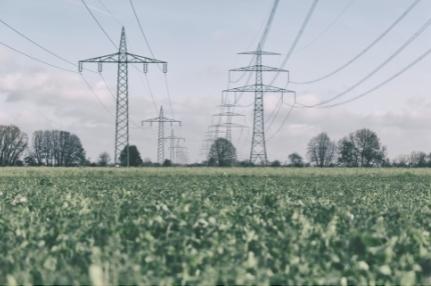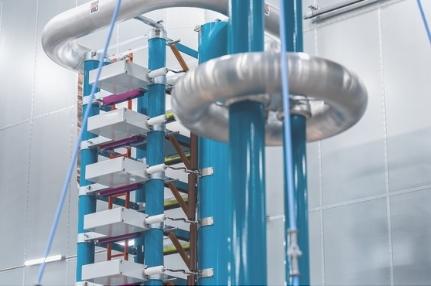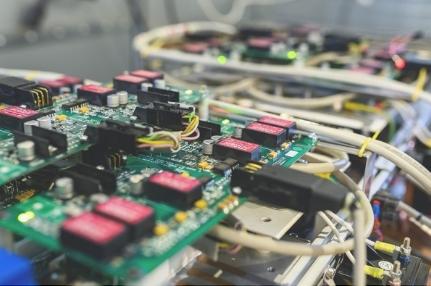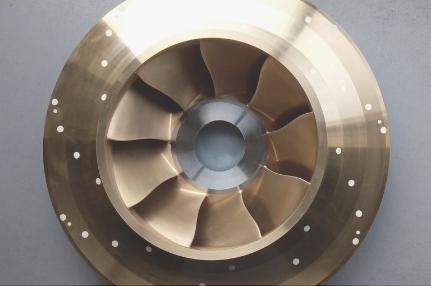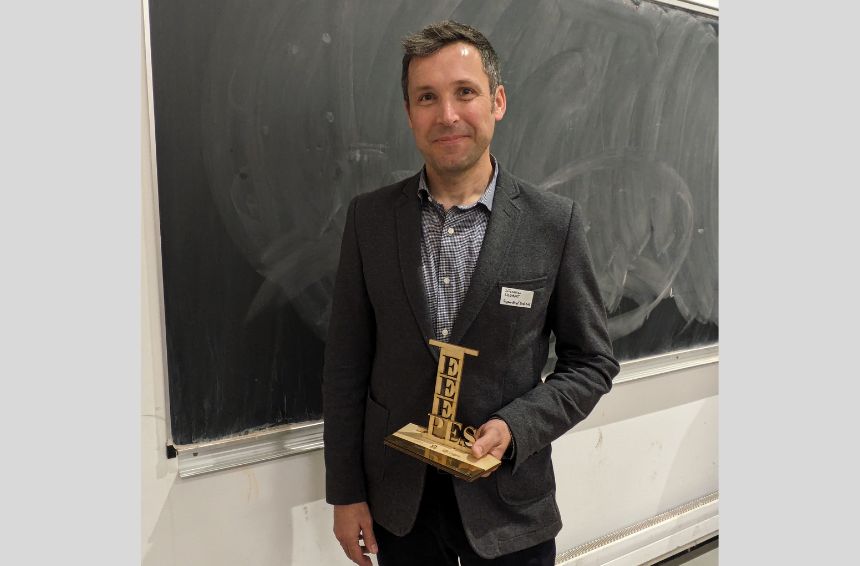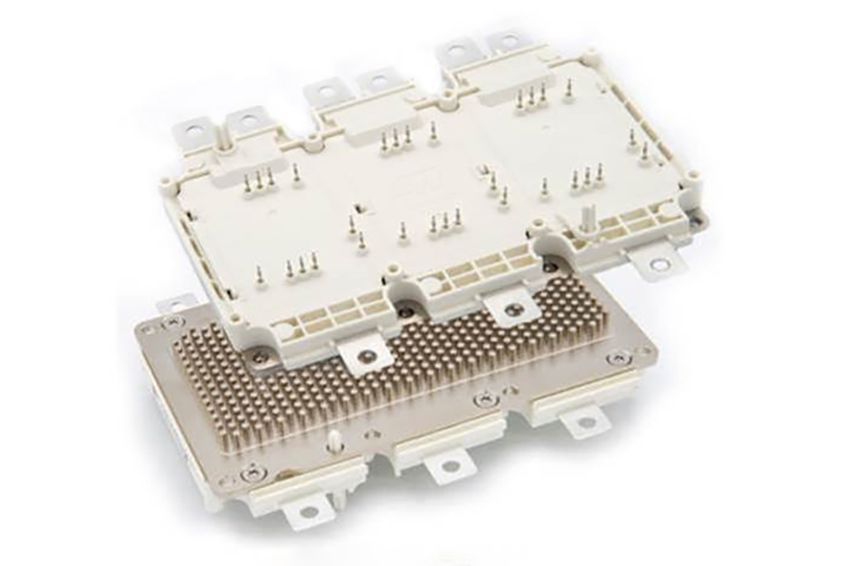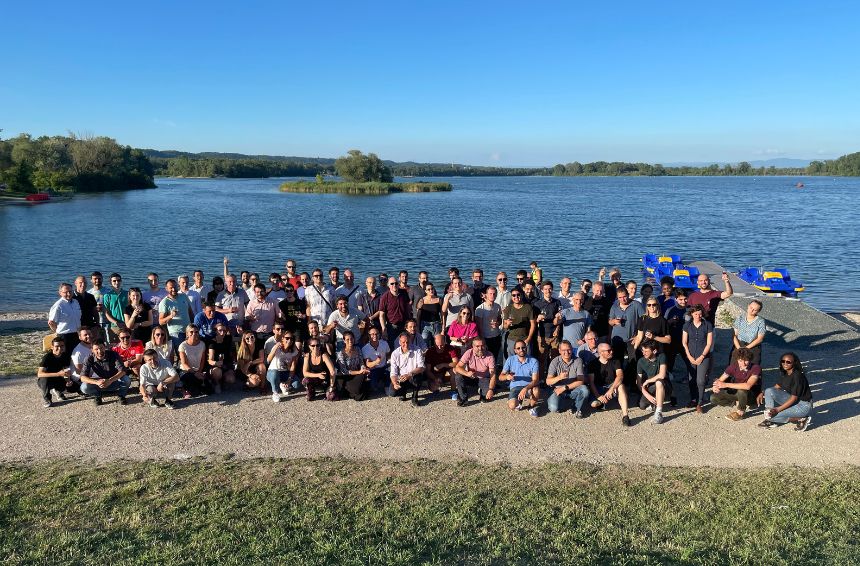SuperGrid Institute
Your innovation & research partner
DEVELOPING THE ELECTRICITY NETWORKS OF THE FUTURE
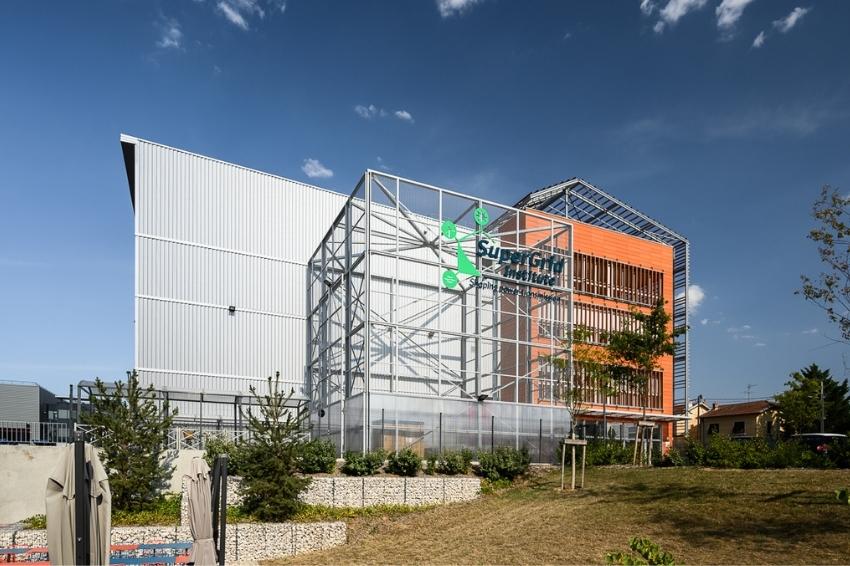
The Institute
We are an independent innovation and research company dedicated to the development of technologies for the future system of power transmission.
At a time when it is increasingly important to lower our dependency on fossil fuels and reduce greenhouse gas emissions, we provide our customers and partners with strong technological innovations to accelerate the development of future power grids and the massive integration of renewable energy.
SuperGrid Institute offers
a complete range of technologies and services
Involved in the ecosystem
Because of our important role in building the network of the future, SuperGrid Institute is involved in many international projects, be it as a partner or a leader.
Our expertise, state-of-the-art testing facilities, and ability to innovate and deliver solutions that meet the needs of the market are increasingly recognised.
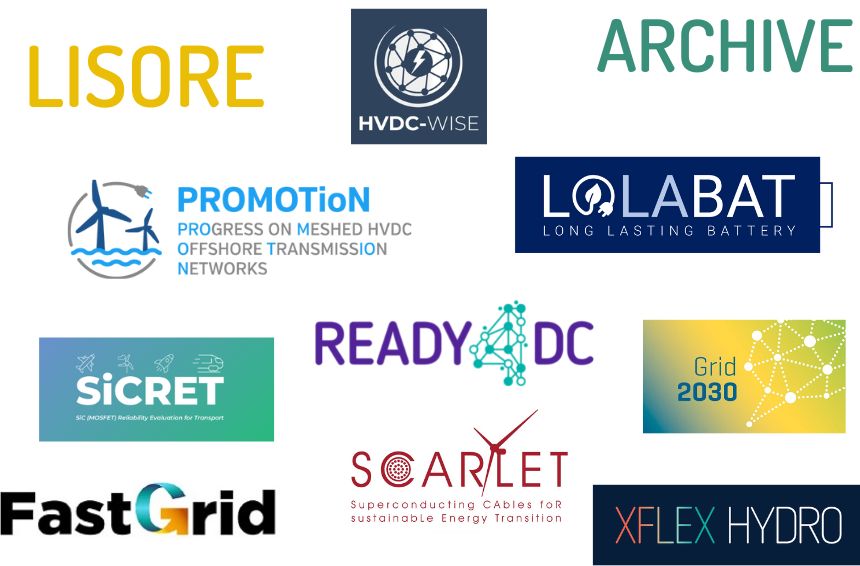
Our educational mission
To promote understanding of HVDC and MVDC technologies, we engage in education at every level, from secondary-school to life-long learning. Our engineers work alongside PhD students and interns carrying out applied research that addresses industry needs. We also support educational institutions in developing their own training curricula on MVDC, HVDC and supergrid technologies.
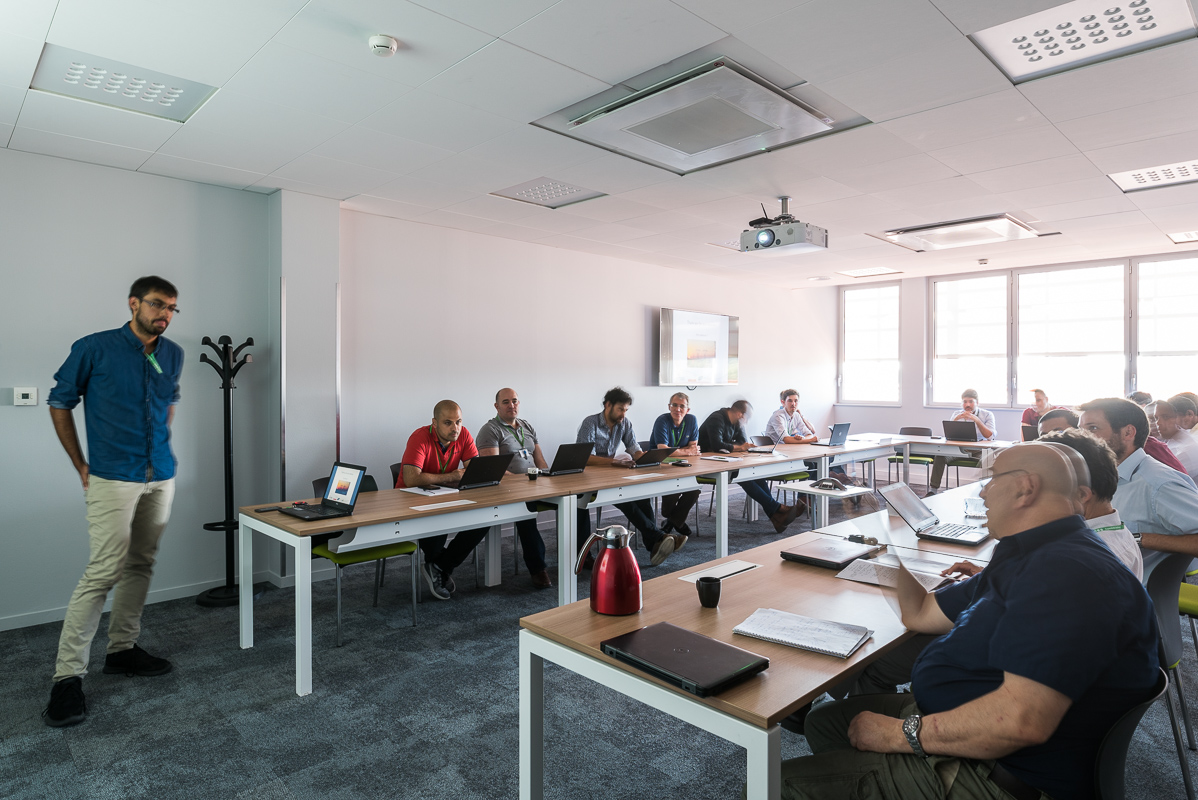
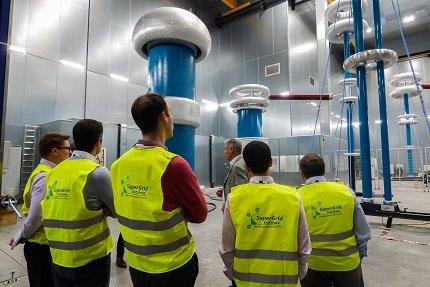
SuperGrid Institute at a glance
Our latest news
Sébastien Silvant received the IEEE PES 2024 Outstanding Engineer Prize for his work on HVDC network interoperability!
Congratulations to Sébastien Silvant, who has been awarded the IEEE PES 2024 Outstanding Engineer Prize for his work on HVDC network interoperability!
The SiCRET + project: understanding & preventing the ageing of SiC modules
The aim of the SiCRET+ project is to understand the ageing of power modules in normal and degraded operation, and in harsh environments.
Presenting OpTEAsoft Wind: a new decision-making software to optimise offshore wind-farms’ electrical architecture
Presenting OpTEAsoft Wind, our new simulation software for optimising the design of your inter-array architectures based on your KPIs.








































